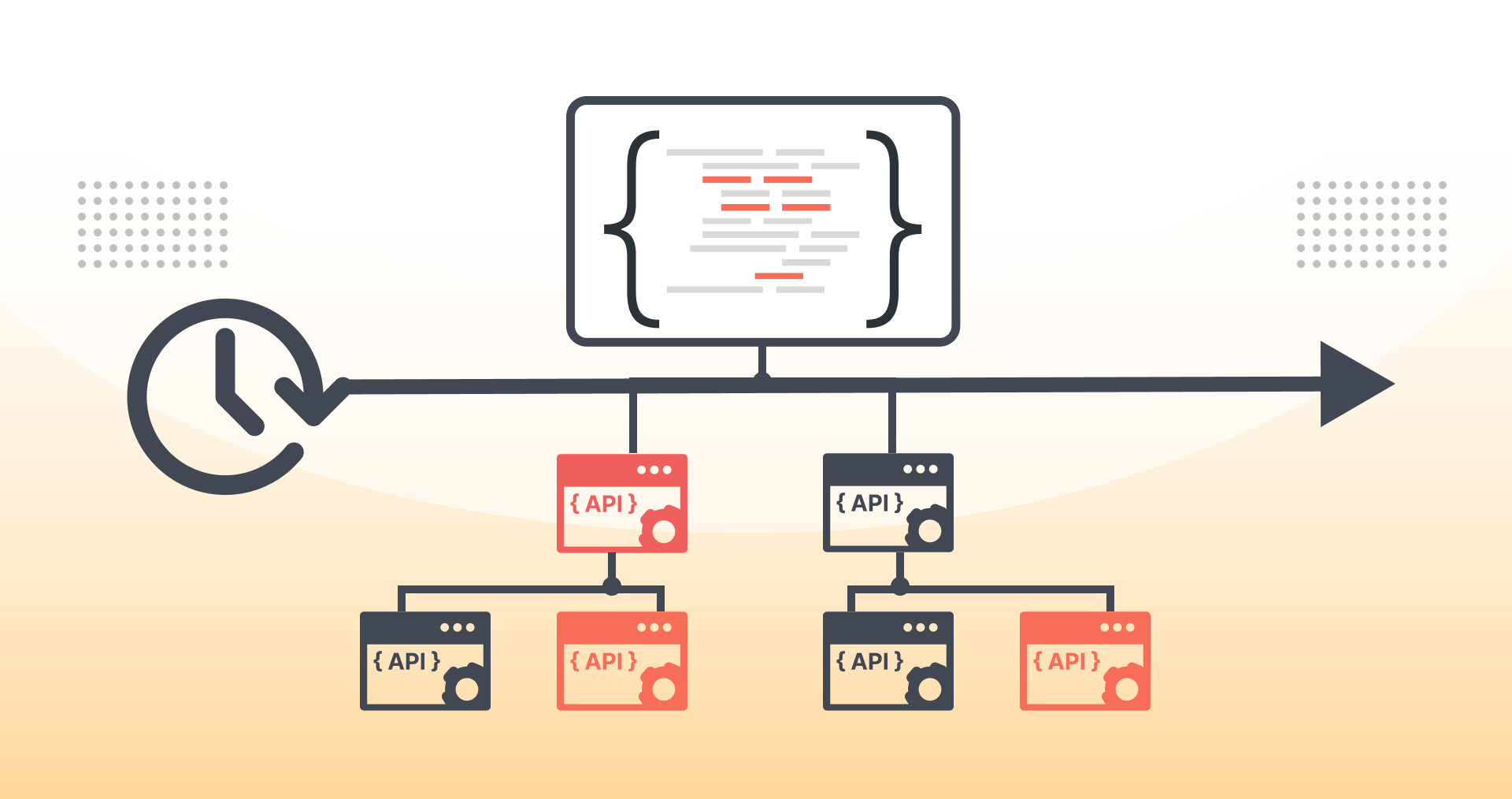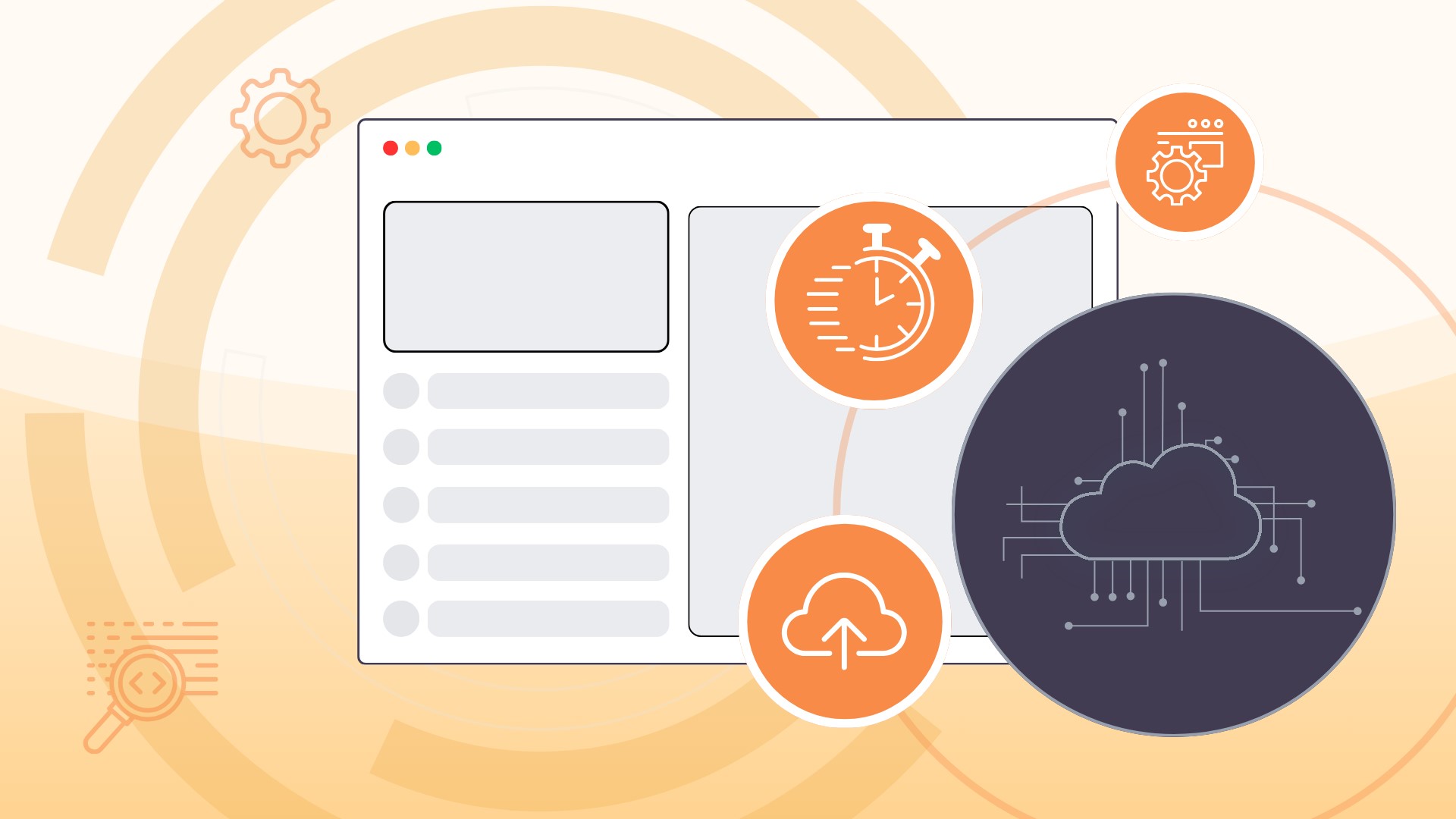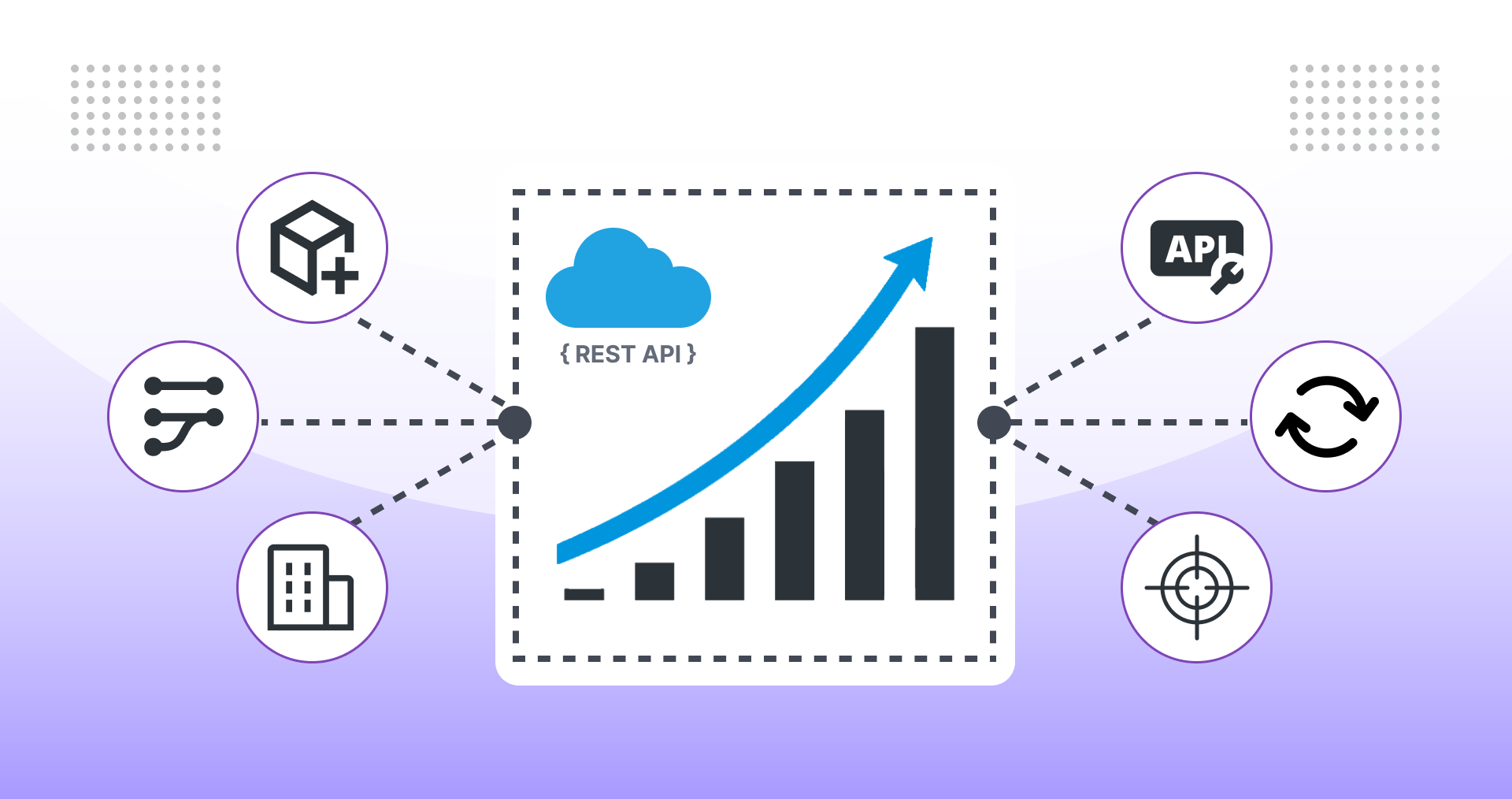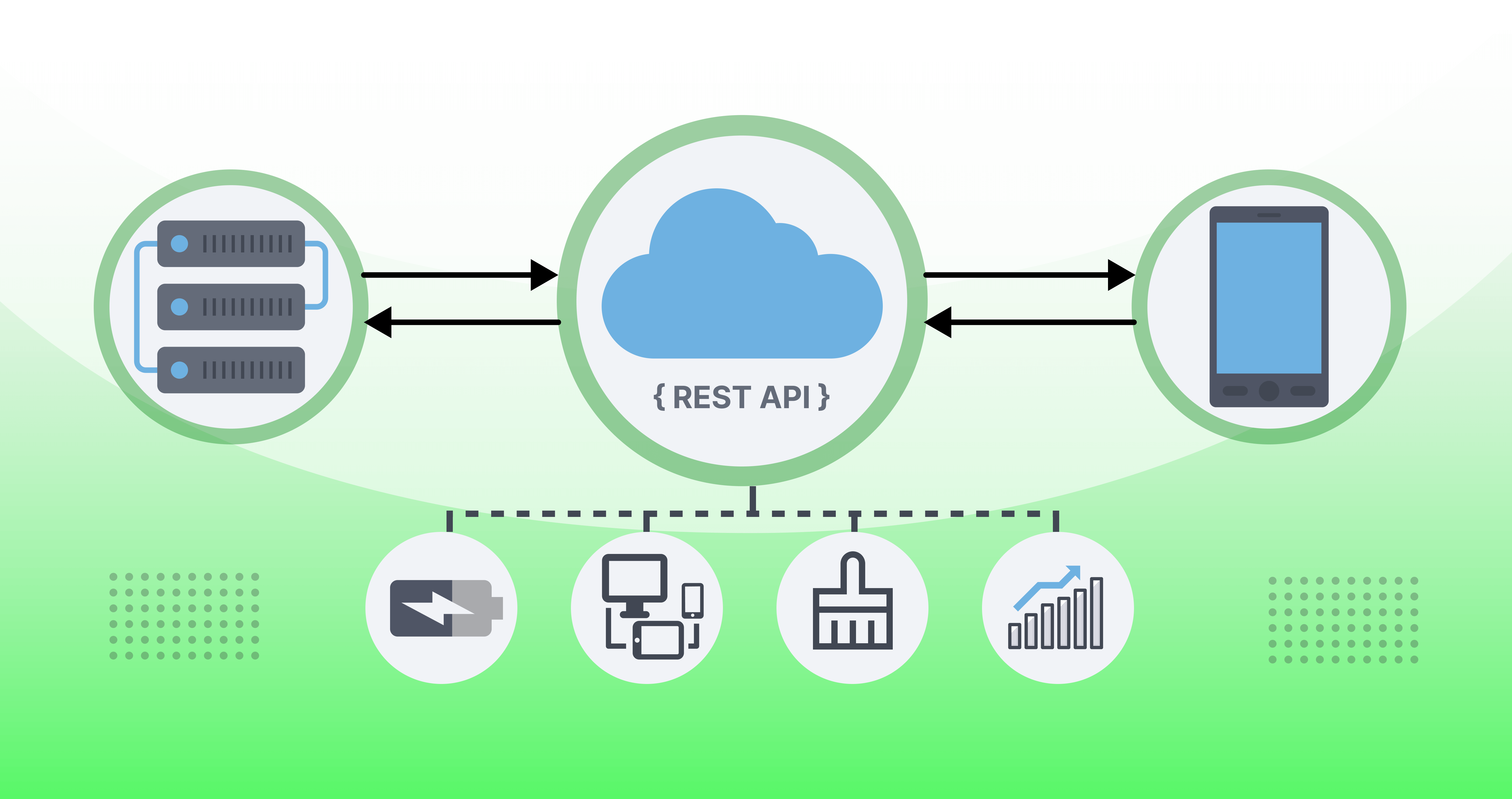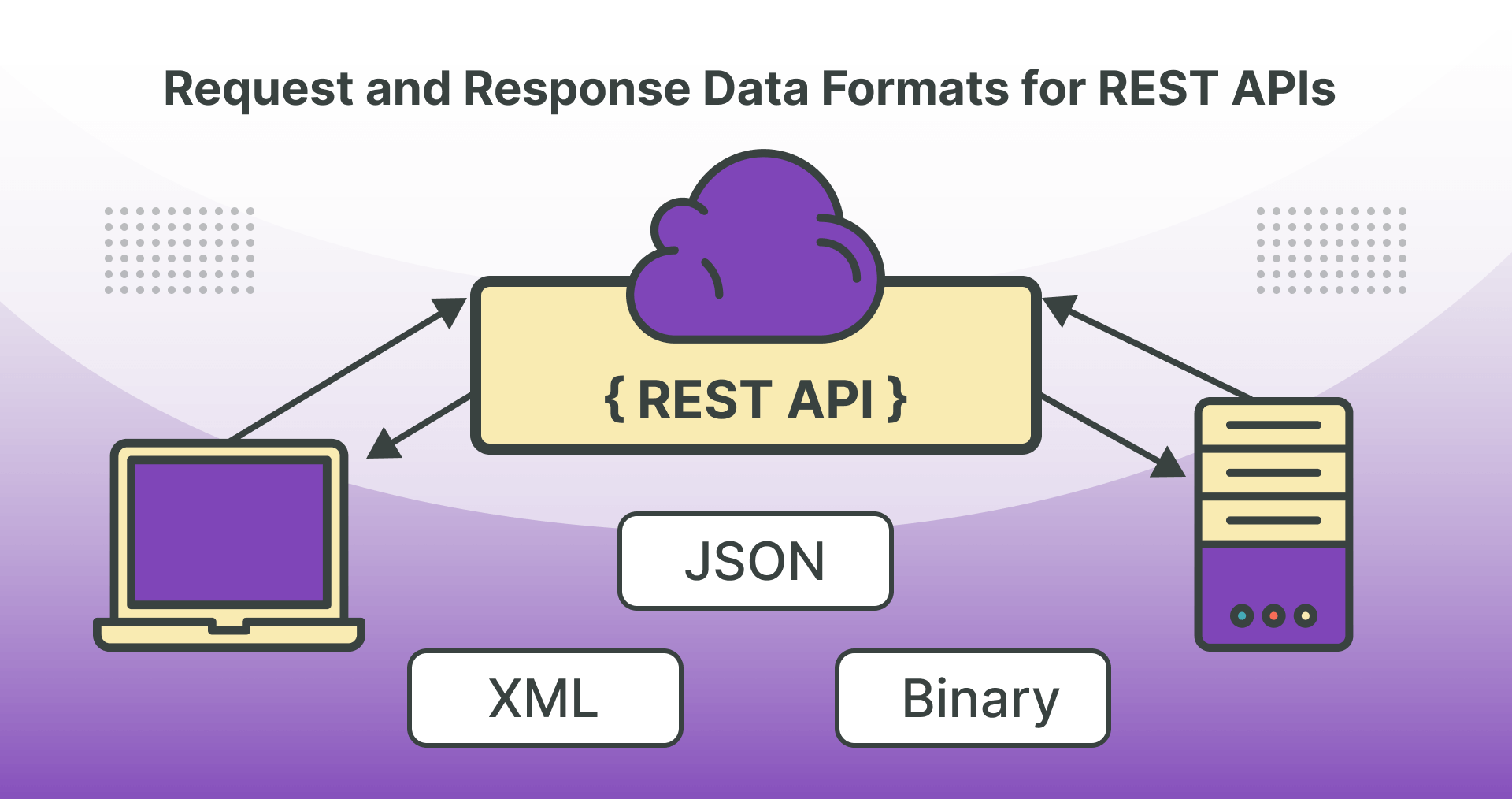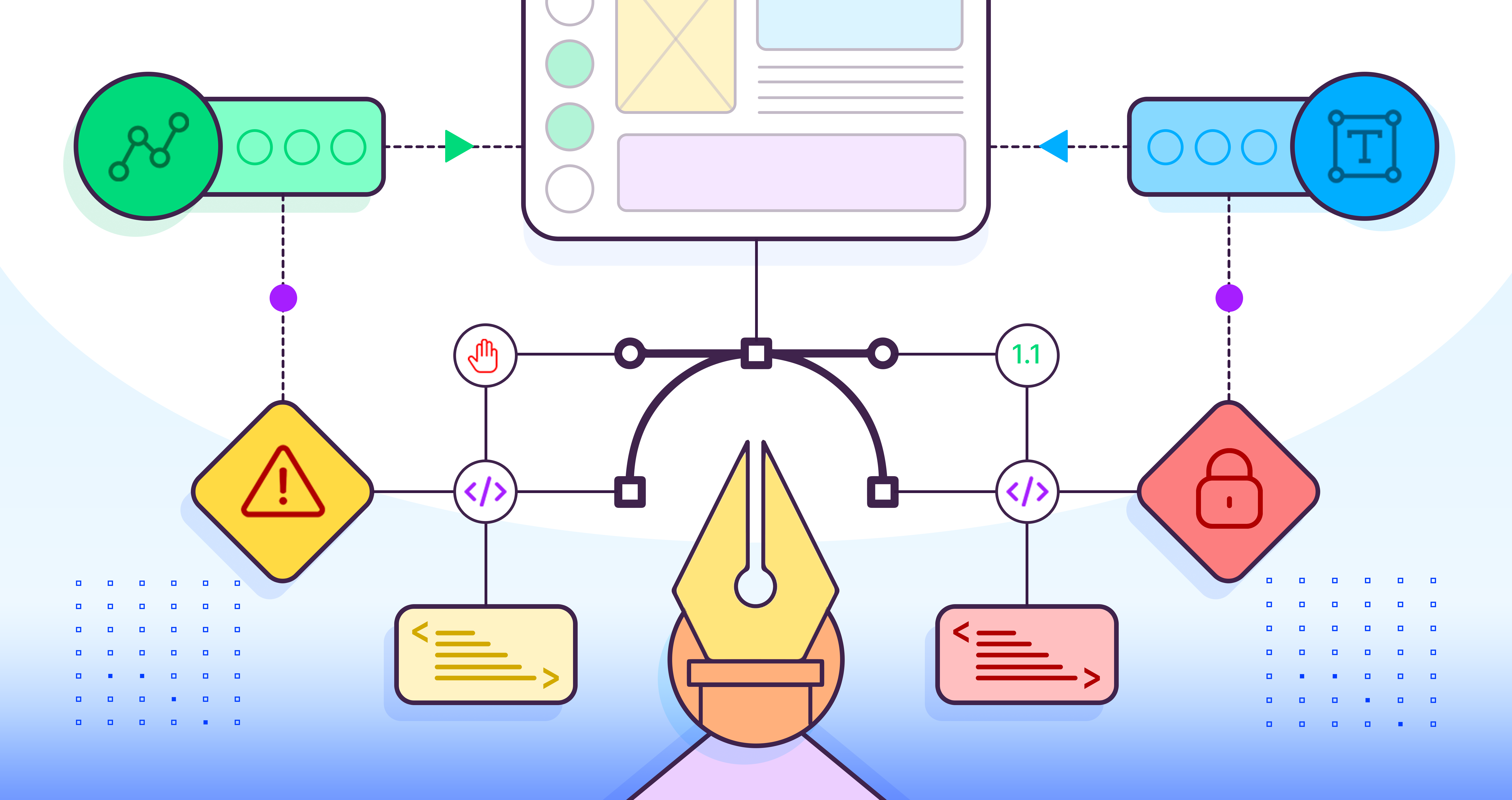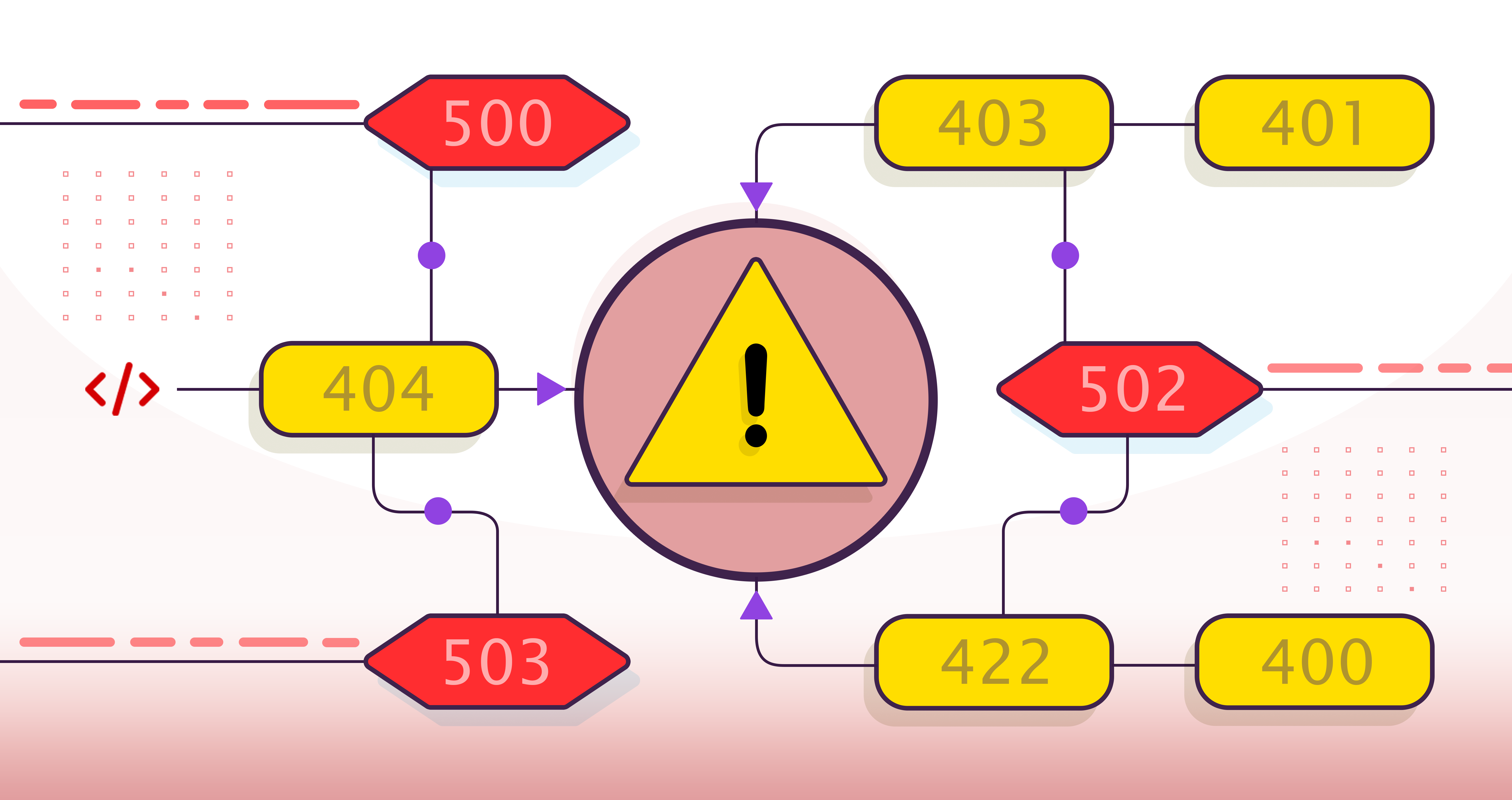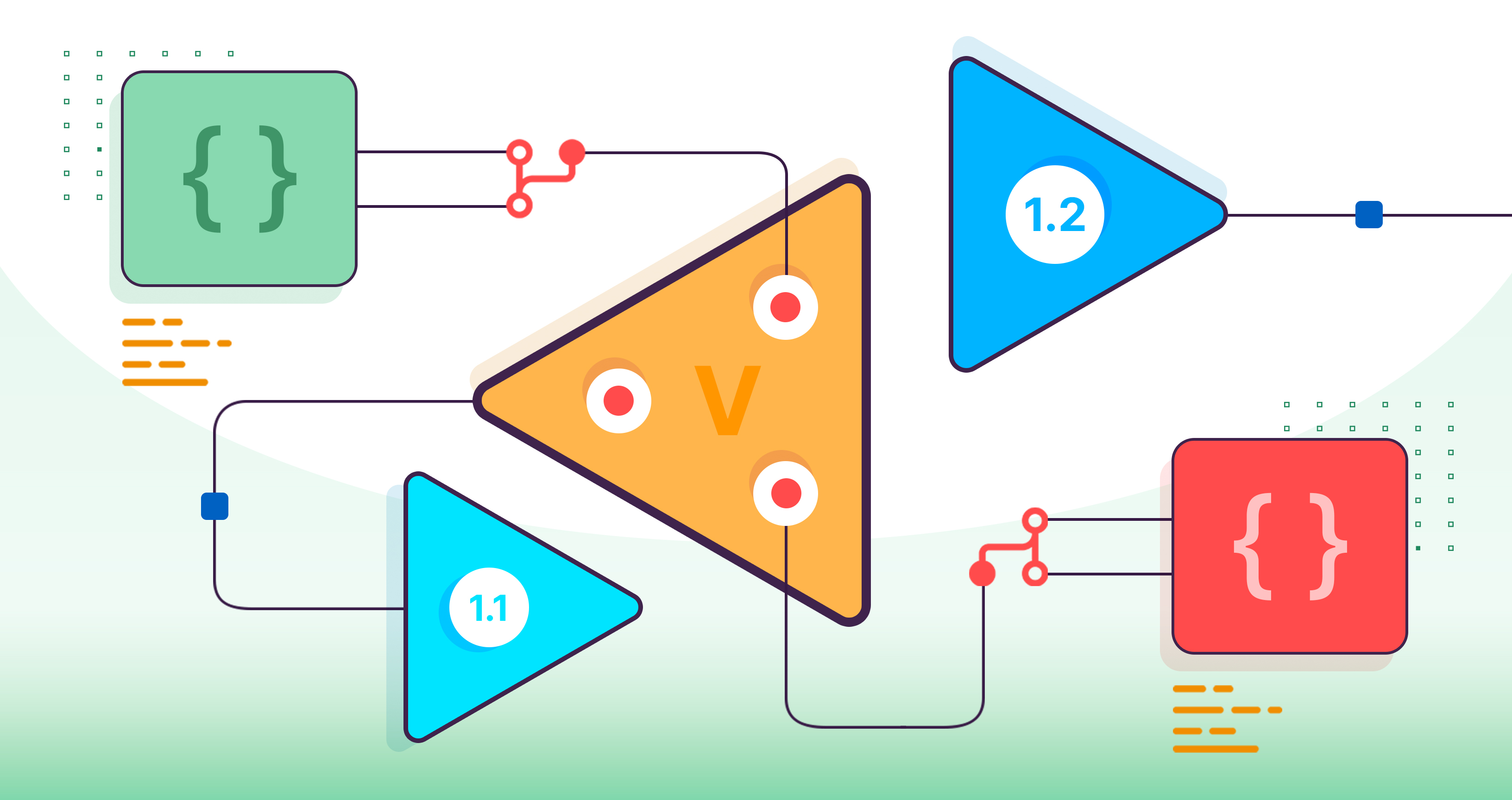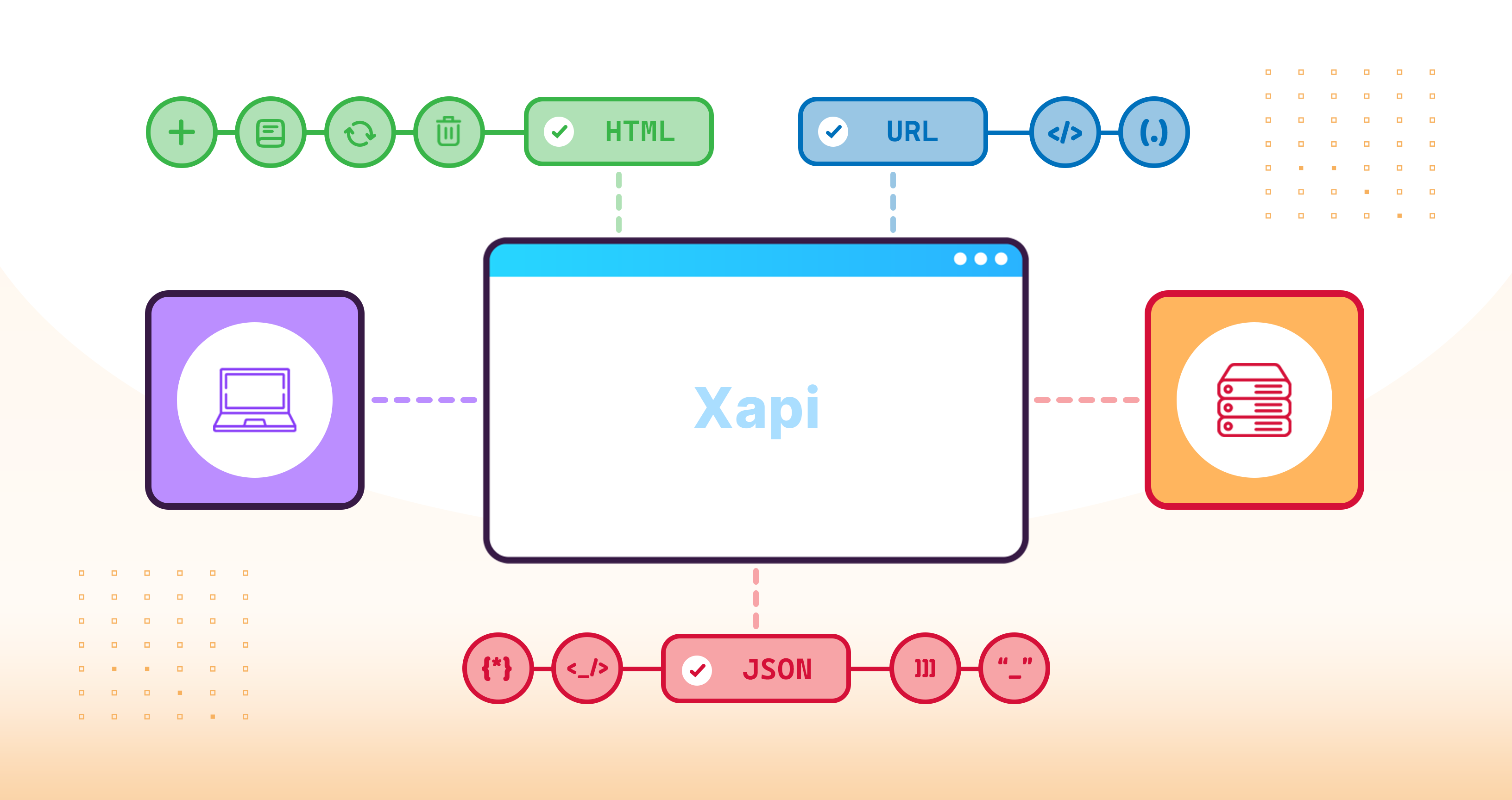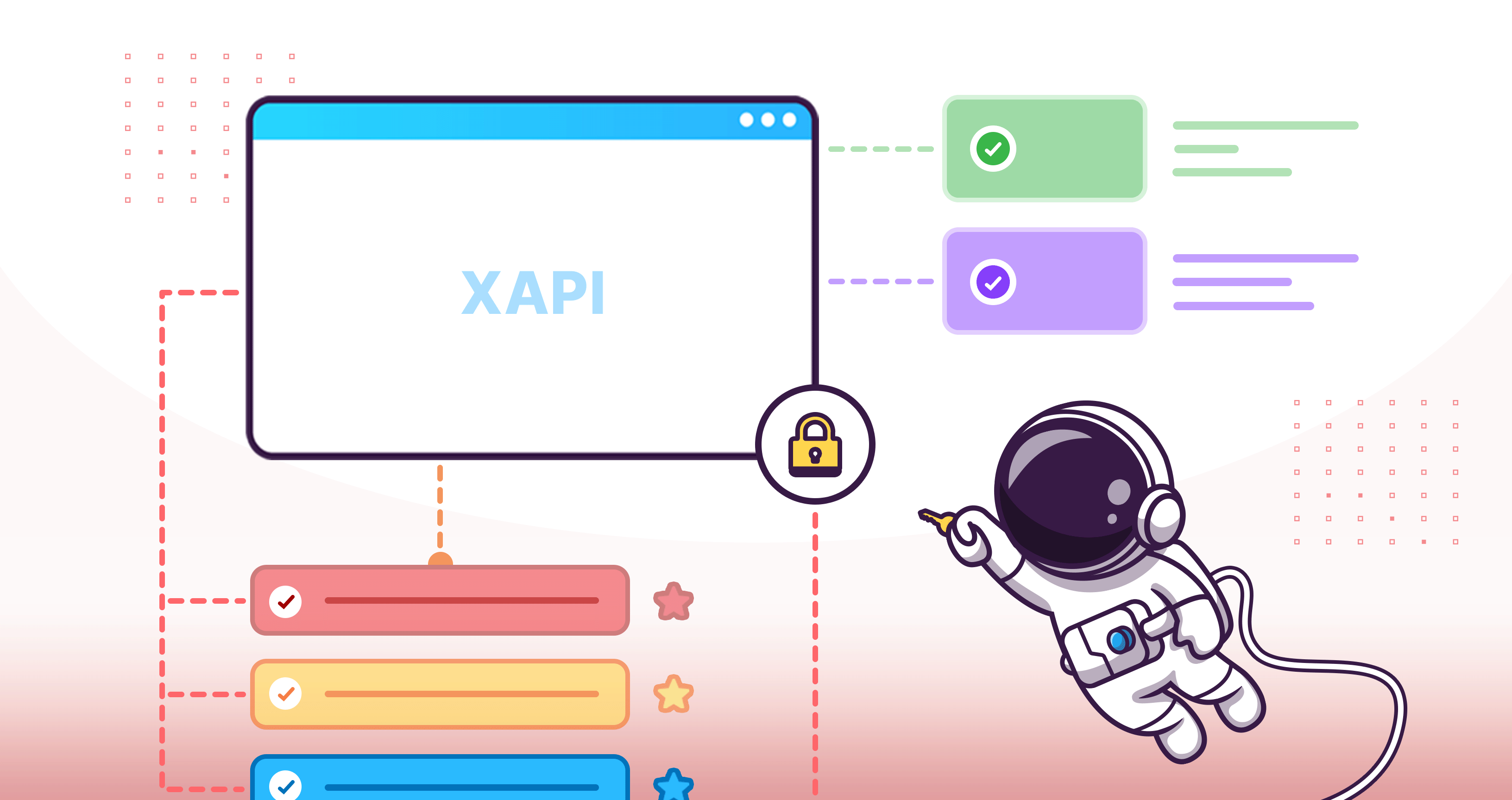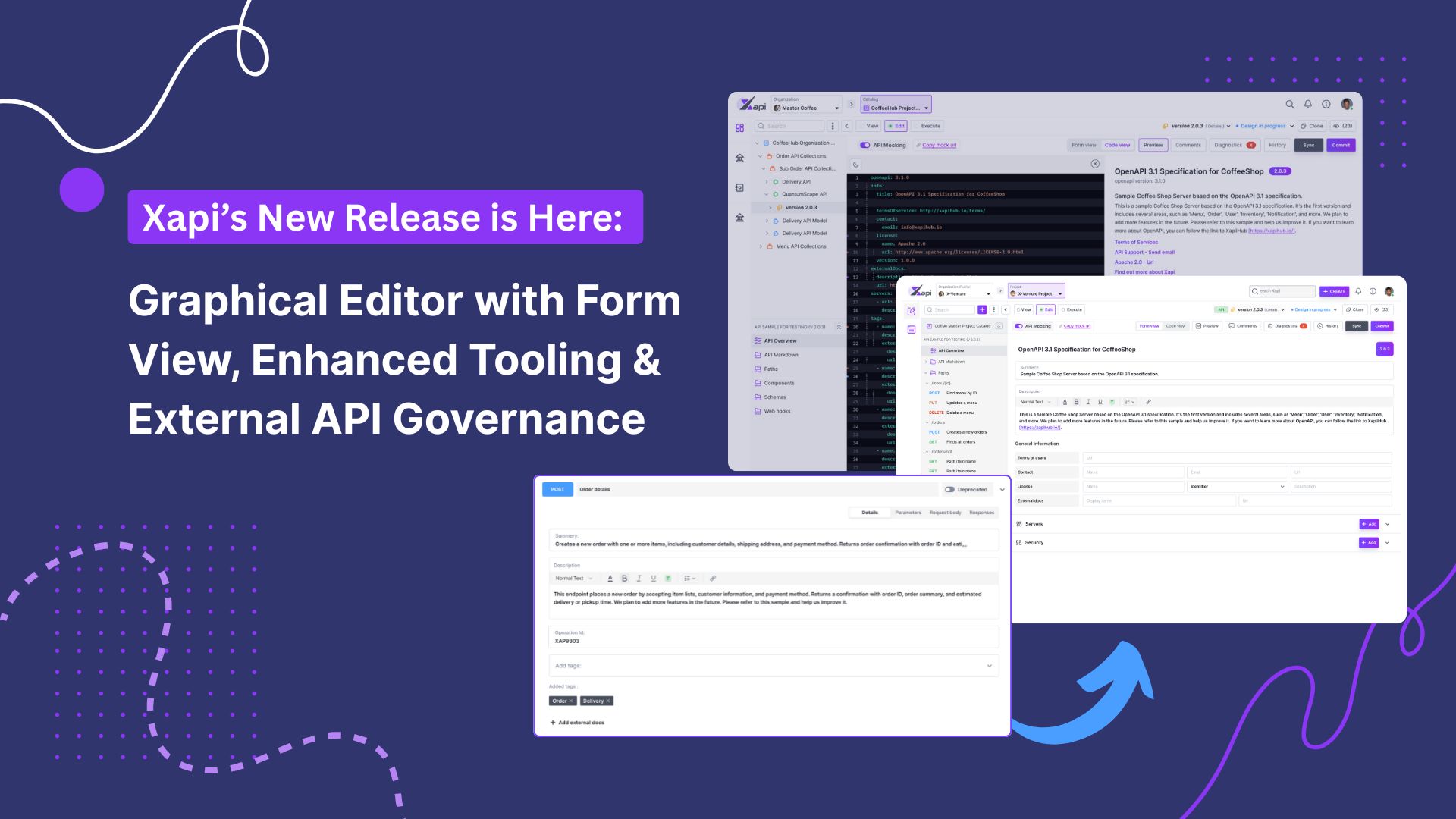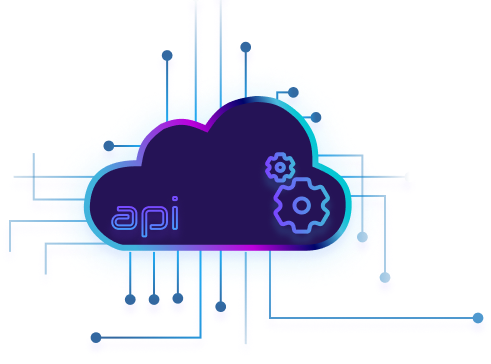Designing RESTful APIs for Microservices Architecture: Best practices and patterns for seamless integration

Amana Samsudeen
17 April,2024 •
9 mins read
Designing RESTful APIs for Microservices Architecture explores best practices and integration patterns for efficient communication in microservices environments. It covers the best practices of RESTful API design, design patterns like API Gateway and event-driven architecture, saga patterns, and its benefits. The blog post emphasizes seamless integration to maximize microservices' benefits.
Microservices architecture is an approach to software development where a complex application is broken down into smaller, independent services that can be developed, deployed, and scaled independently. Each service is focused on a specific business function and communicates with other services through well-defined Application Programming Interfaces (APIs).
Microservices architectural style promotes modularity, flexibility, and scalability, allowing teams to work on different services concurrently and deploy updates without affecting the entire system. Microservices architecture also enables the use of diverse technologies and languages for different services, as well as easier maintenance and troubleshooting due to the smaller and more manageable service sizes.
RESTful APIs, following the architectural style of REST (Representational State Transfer), provide a standardized way for applications to communicate. REST revolves around resources and the crud operations on them. Clients access resources using HTTP methods like GET, POST, PUT, and DELETE. Adherence to RESTful principles simplifies integration with other systems and technologies, enhances interoperability, and improves the overall agility of the microservices ecosystem.
Let’s check out the best practices and patterns to be observed when designing REST APIs for microservice architecture!
Best Practices for REST APIs
When designing RESTful APIs, there are several crucial considerations to ensure they are well-structured, efficient, and user-friendly. Let’s explore some best practices!
-
Accept and respond with JSON
Use JSON for both request payloads and responses. JSON is widely supported, making it easy for clients (including browsers and server-side technologies) to work with data. It simplifies data transfer and manipulation.
-
Use Nouns Instead of Verbs in Endpoint Paths:
-
Design your API endpoints using nouns that represent resources.
-
Good: /users, /products
-
Avoid: /getUsers, /createProduct
-
This approach aligns with REST principles and makes your API more intuitive.
-
Name Collections with Plural Nouns:
-
When dealing with collections, i.e., (multiple instances of a resource), use plural nouns.
-
Good: /users, /products
-
Avoid: /user, /product
-
Consistent naming conventions enhance readability.
-
Nesting Resources for Hierarchical Objects:
-
If your data model involves hierarchical relationships, i.e(a user has multiple orders), consider nesting resources.
-
This reflects the natural structure and simplifies navigation.
-
Errors Gracefully and Return Standard Error Codes:
-
Provide meaningful error messages to indicate when something goes wrong.
-
Use standard HTTP status codes to indicate the error type.
-
200 OK: Successful GET or PUT requests
-
201 Created: Successful POST requests
-
204 No Content: Successful DELETE requests
-
400 Bad Request: Invalid client request
-
401 Unauthorized: Request requires authentication
-
403 Forbidden: Client lacks permission
-
404 Not Found: Requested resource not found
-
500 Internal Server Error: Server-side error
-
Clear error responses help clients understand issues and troubleshoot effectively.
-
Allow Filtering, Sorting, and Pagination:
-
Well-designed APIs cater to various client needs.
-
Enable clients to filter data based on criteria
/products?category=electronics
-
Support sorting and pagination
/products?sort=price
/products?page=2&limit=10
Microservices Design Patterns
Software patterns known as microservices design patterns produce reusable independent services. By enabling teams to deploy individual microservices as needed, the goal is to enable microservices developers to accelerate application releases.
The appropriate pattern to utilize will depend on business goals and other relevant criteria. There are many different design patterns for microservices . Let's explore the patterns of the microservices architecture!
-
API Gateway : An API Gateway acts as a single -entry point for clients trying to access a system with multiple microservices. It routes requests to the appropriate microservice, handles security, and can aggregate data from various services before returning it to the client.
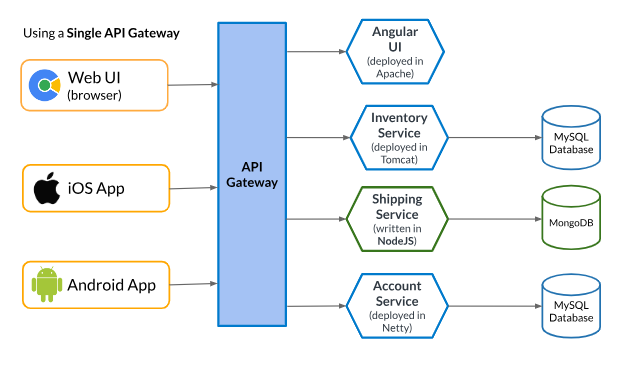 Image Source
Image Source
-
Backend for Frontend (BFF) : Instead of a single API Gateway for all clients, a BFF creates a dedicated API tailored to the specific needs of each frontend application. This allows for optimized data formatting and functionality specific to each client.
-
Composite UI : This pattern breaks down a user interface into reusable components. These components can be independently developed, maintained, and potentially even used across different applications.
-
Saga: One of the biggest problems with microservices architecture is how to work around transactions that span multiple services. The saga pattern can help with this. Saga allows developers to manage eCommerce transactions across multiple microservices using a sequence of local transactions. Each of these is accompanied by an event that will trigger the next stage.
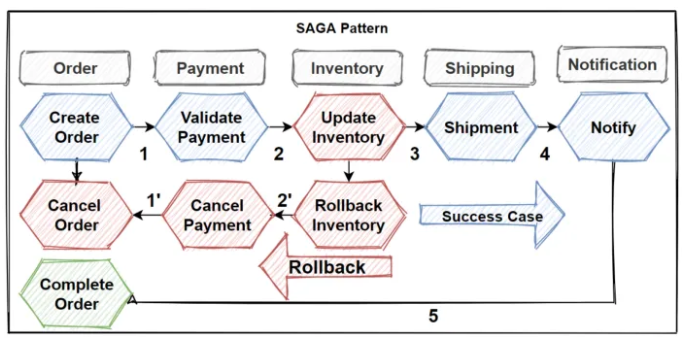 Image Source
Image Source
-
Event-Driven Architecture and RESTful APIs: This architecture relies on events to trigger actions within the system. Microservices publish events when something happens, and other interested services can subscribe and react accordingly. RESTful APIs can be used to publish and subscribe to these events.
-
Blue-green deployment This pattern involves always running two identical production environments: blue and green. At any one time, only one of these environments is operational and handling all production traffic. A developer can upload a new version of the service to the inactive environment whenever they're ready to do so. In this manner, testing may be done by developers without affecting service. The new version of the software is introduced into the live environment once it is ready. The previous version stops working but keeps running. The service can revert to the previous version if the new one encounters any issues.
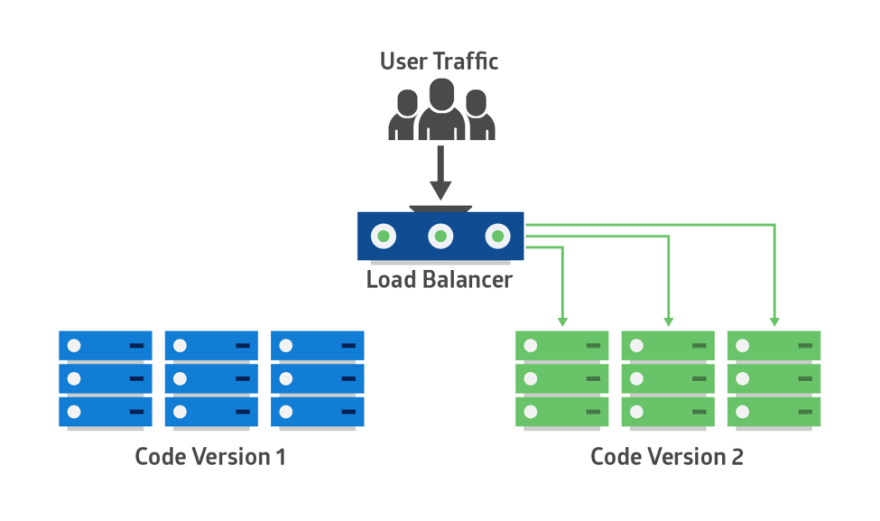 Image Source
Image Source
-
Distributed tracing In <> architecture, each service deals with a client request by performing one or more operations across multiple services. This can make troubleshooting difficult, as it’s hard to track end-to-end requests. Distributed tracing is one solution to this problem. With this pattern, a distributed tracer gives each request a unique ID. It also records information about the requests, such as which services are called, and which operations are performed.
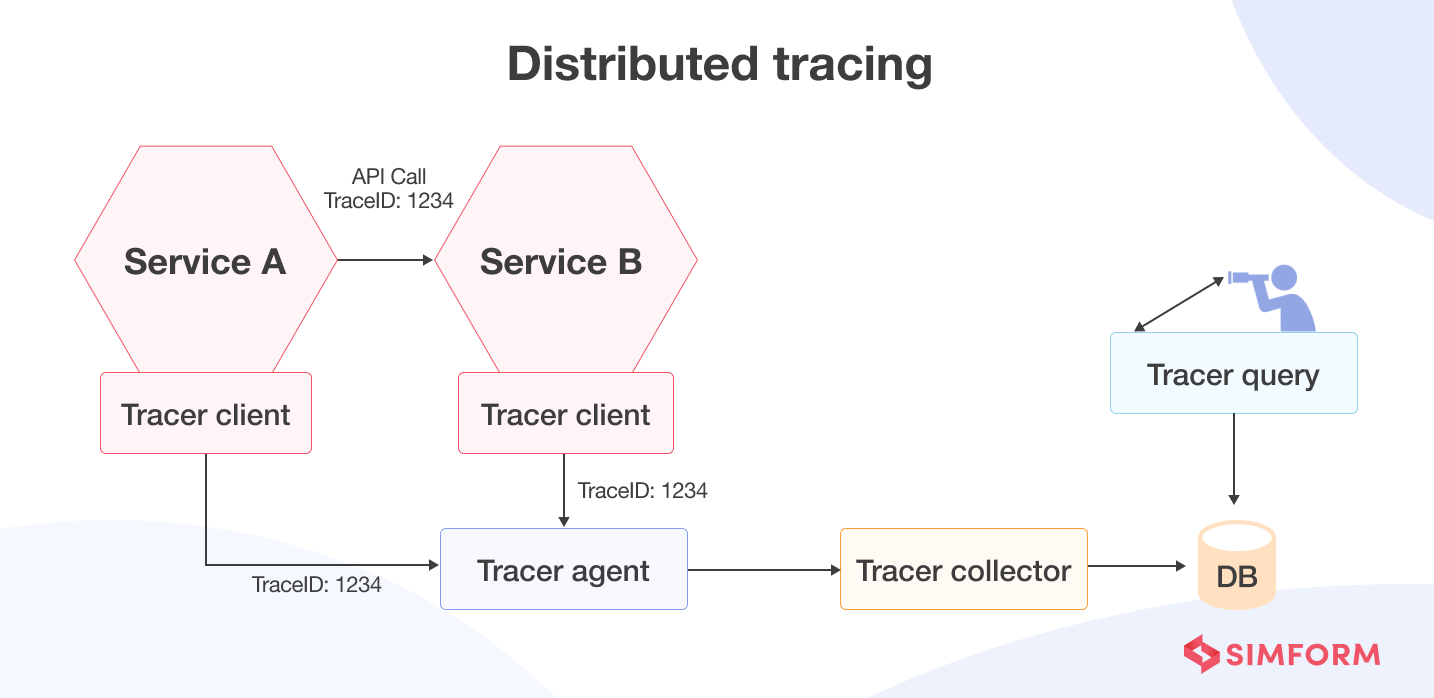 Image Source
Image Source
Conclusion
In conclusion, best practices and patterns in RESTful API design play a crucial role in the successful implementation of microservices architecture. By adhering to RESTful principles and leveraging design patterns tailored to microservices environments, organizations can build scalable, flexible, and maintainable systems. These best practices and patterns empower organizations to embrace the full potential of microservices architecture, facilitating agility, resilience, and innovation in software development. As technology continues to evolve, continuous refinement and adaptation of these principles and patterns will be essential to meet the ever-changing demands of the modern software ecosystems.

Amana Samsudeen
Software Engineer at X-venture



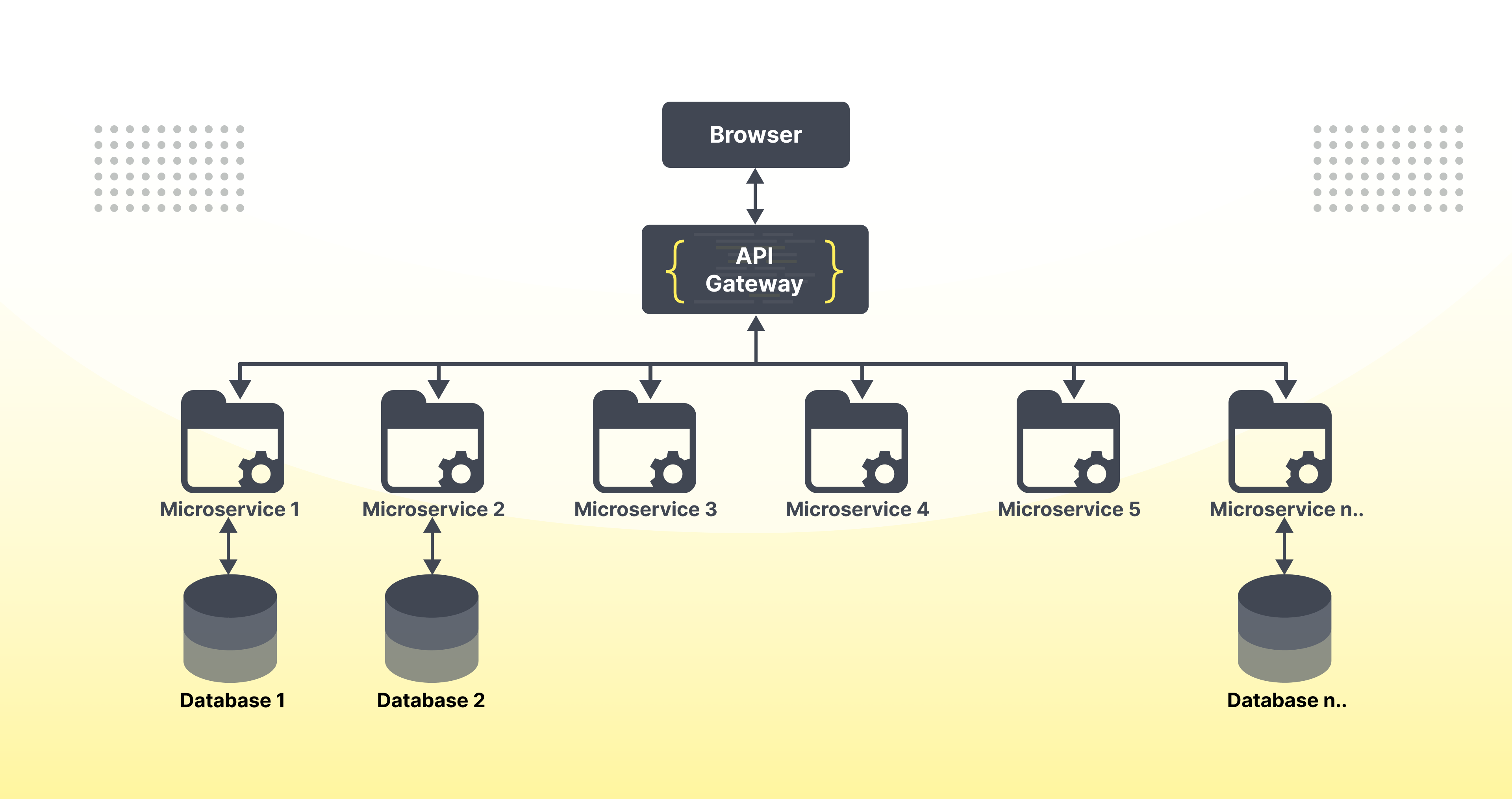






.jpg)
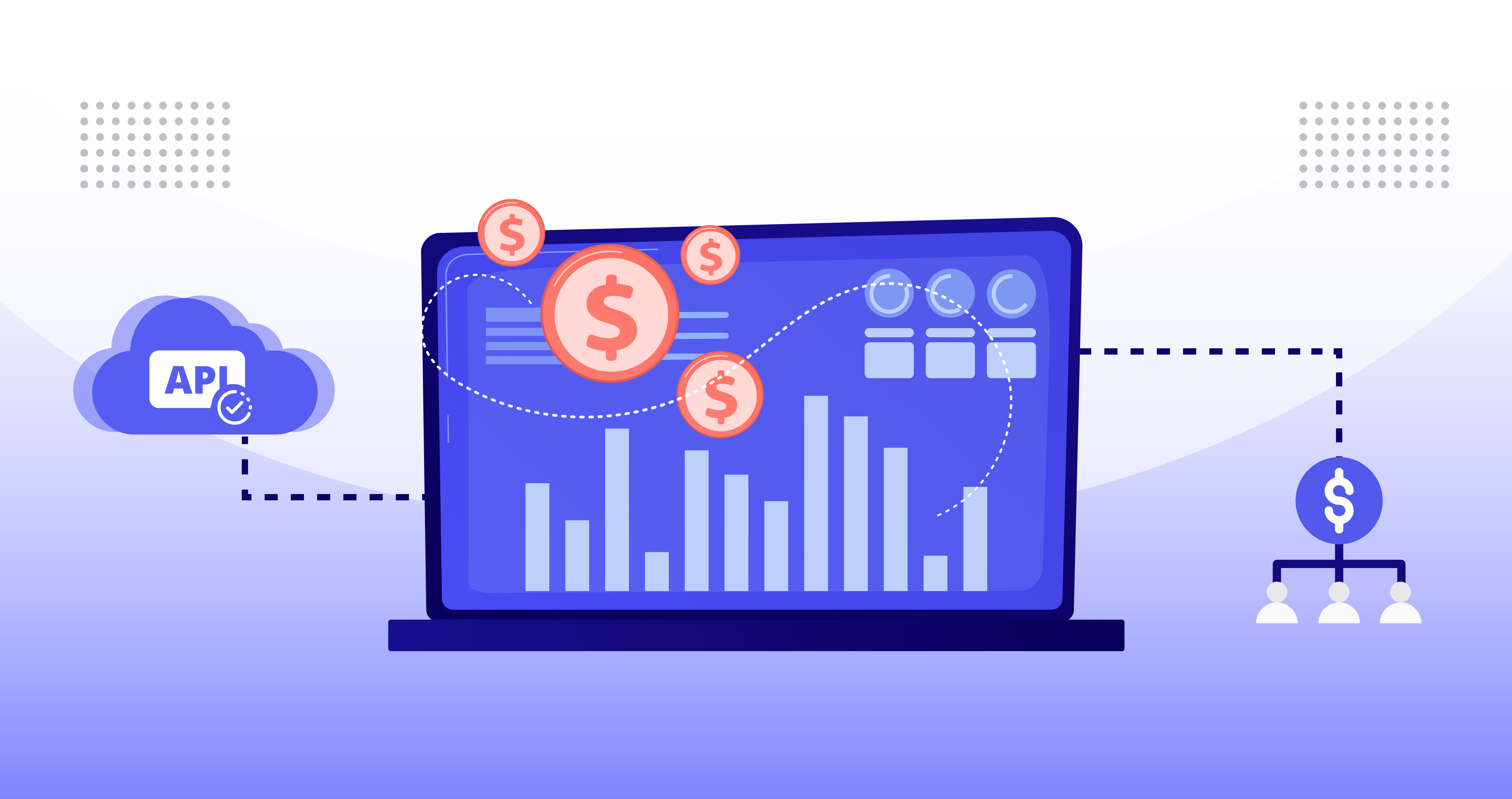
.png)
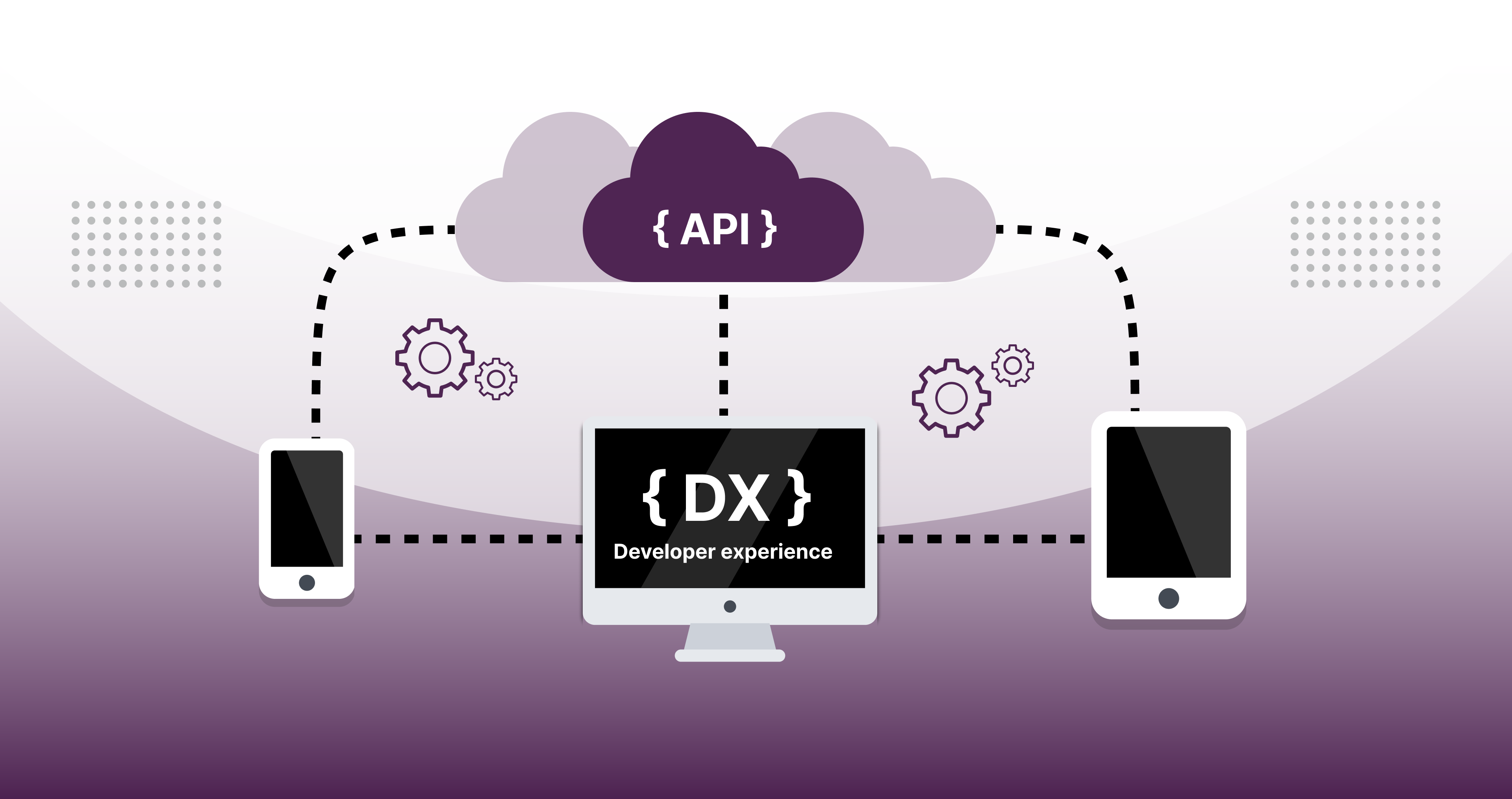

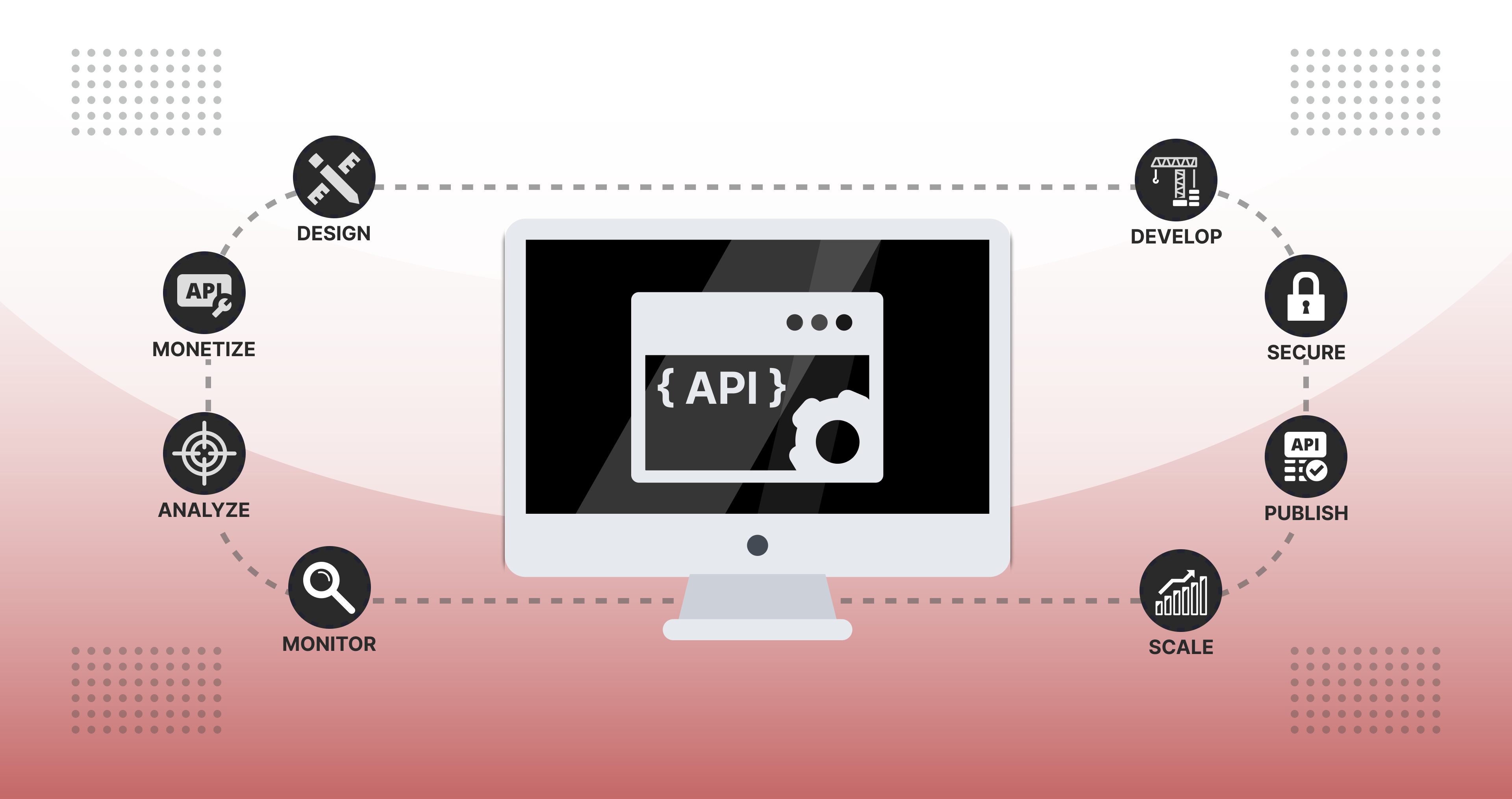
.jpg)




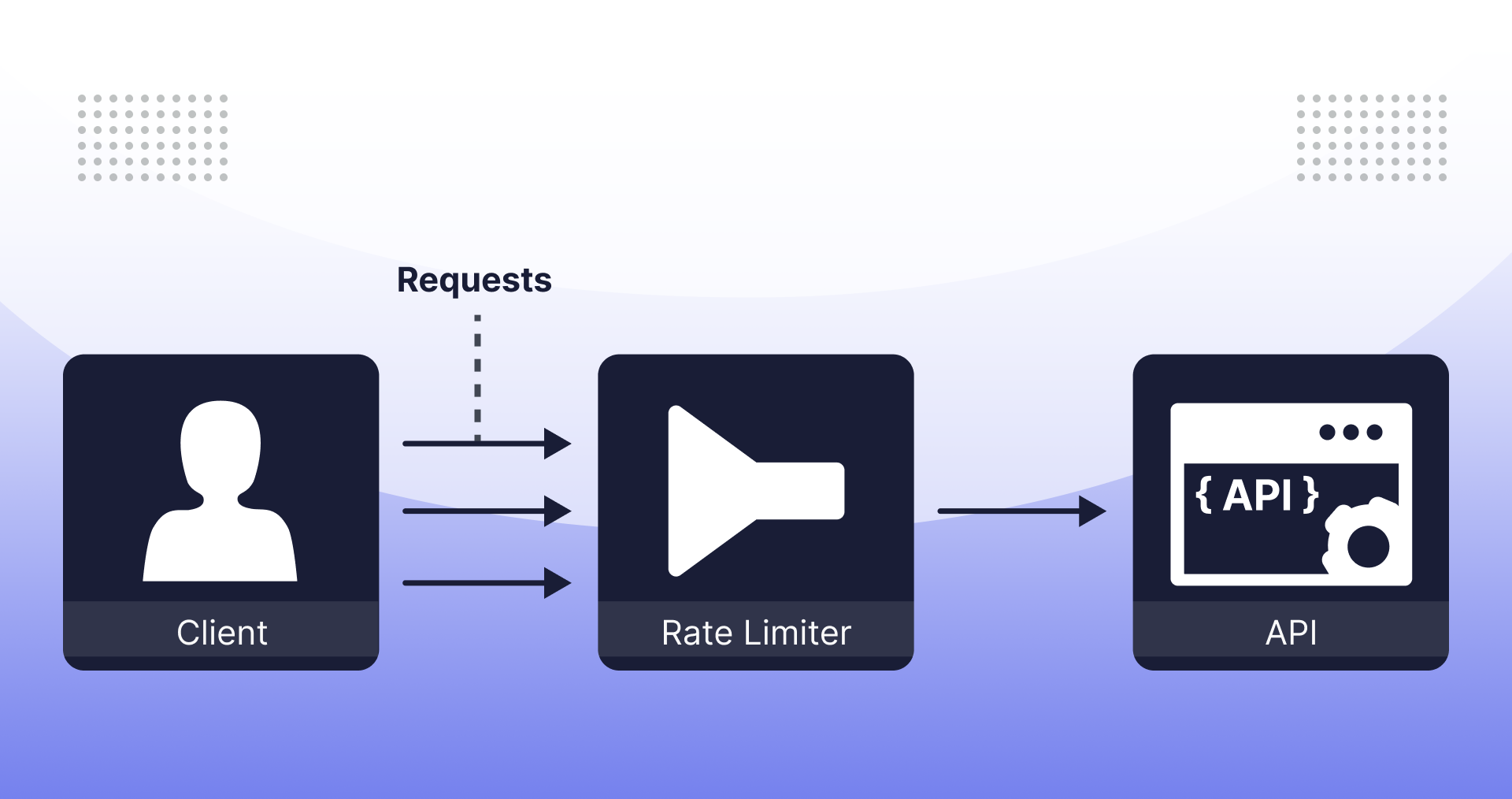



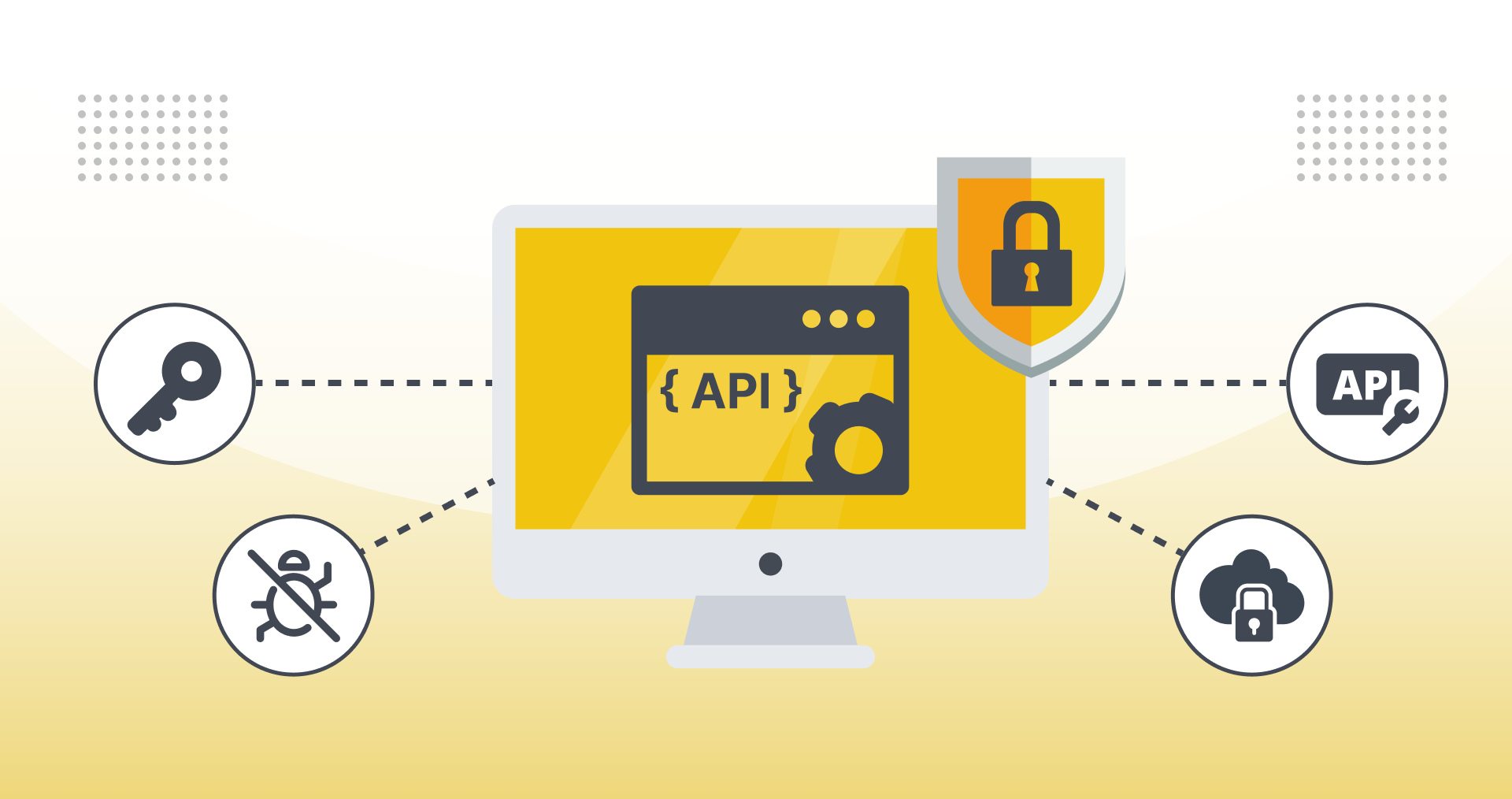

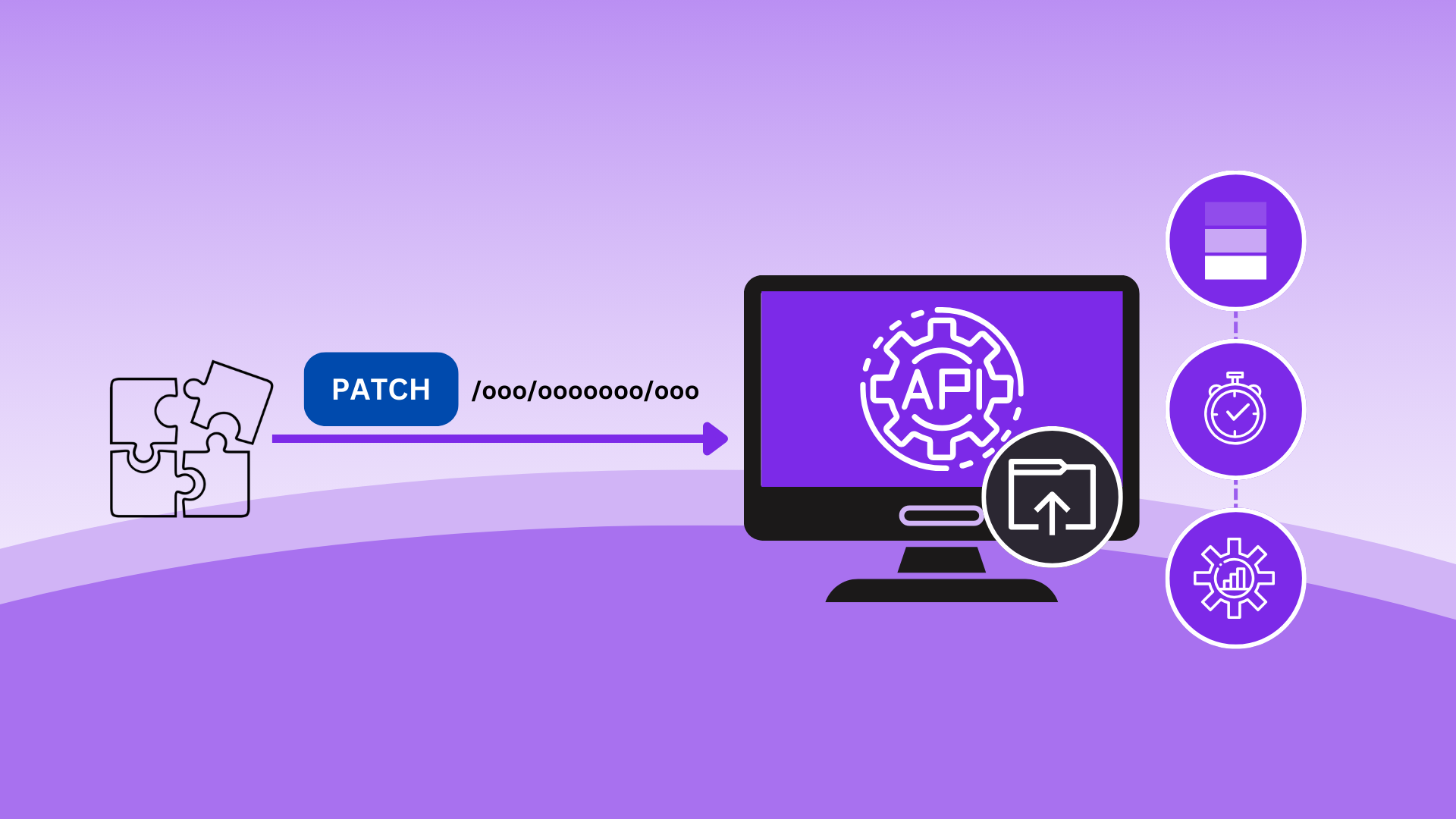
.jpeg)
